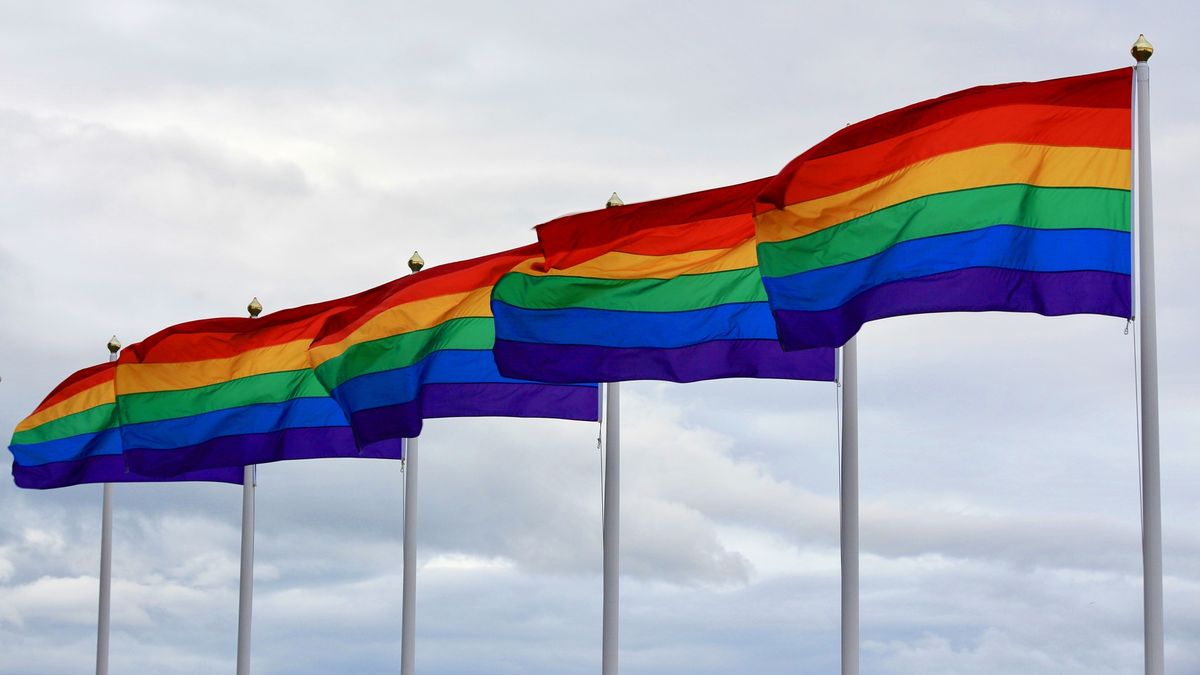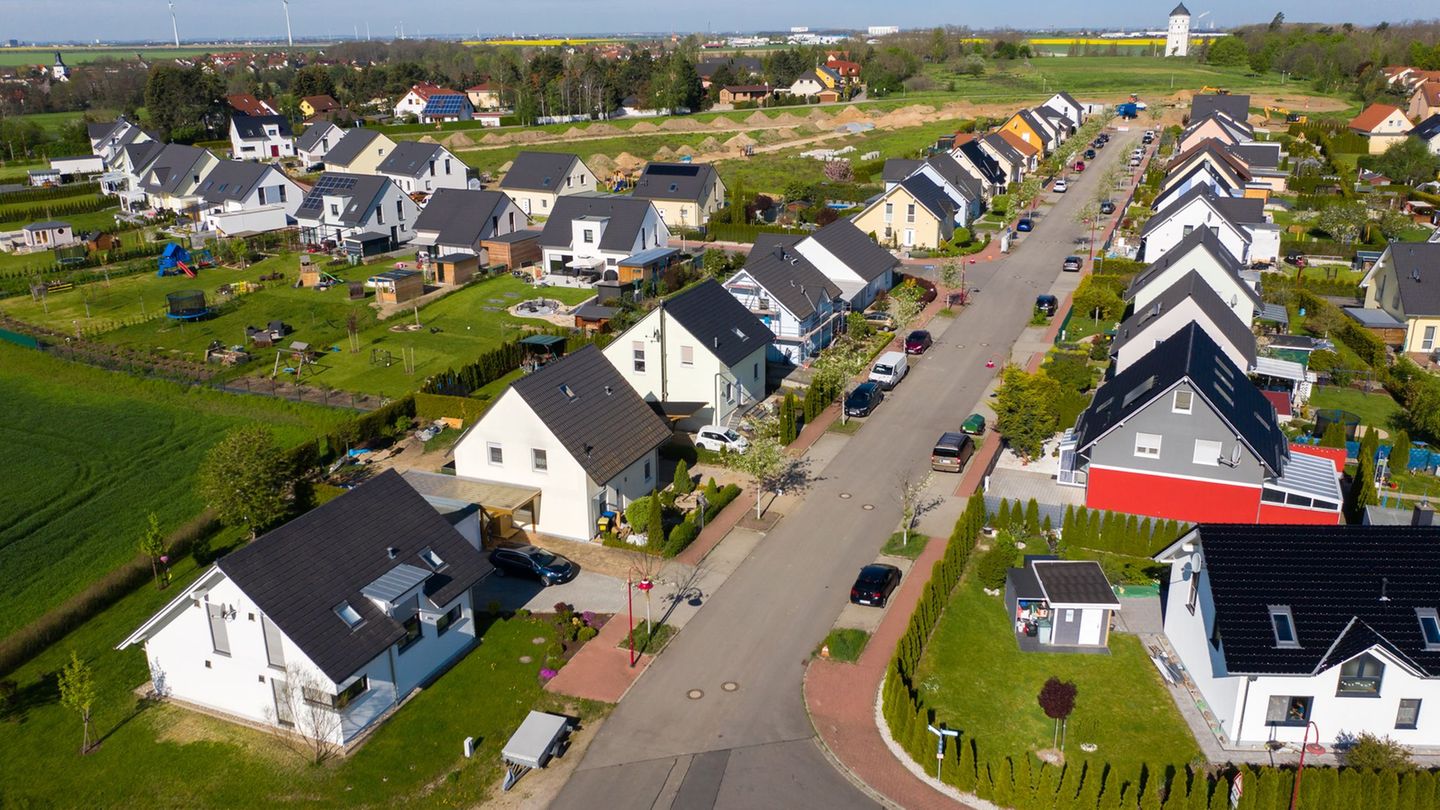We seek to generate livable, respectful, and inclusive spaces for diversity, based on a comprehensive plan that addresses diagnoses and action plans according to each workspace.
On June 28, 1969, at the Stonewall Inn Bar in the United States, a fundamental piece of the advances in human rights of the 20th century would be written. In front of a police advance, trans, transvestites, lesbians, gays and bisexuals who were in that bar-shelter prepared to resist, that day and the following days, to get out of the shadows. Stonewall marks a turning point in the visibility of the fight for the dignity of LGBTI+ people, even though it is neither the beginning nor the end. From Grow- gender and work, we remember this date, thinking about the validity it still has.
The content you want to access is exclusive to subscribers.
The validity of the challenges
The global growth of the LGBTI+ movement consolidates achievements between the 90s and 00s: from leaving the WHO list of diseases (homosexuality in 1990, transsexuality in 2018), to specific rights that meant leaps in the construction of LGTBI+ citizenships: Equal marriage and laws that respect gender identity. However, today, the fight for pride continues. Many of the structural elements of inequality explained by gender identity have not yet been dismantled. Even a large number of countries have not yet approved these nodal laws.


At the same time, during recent years, we have witnessed a growth in anti-LGBTI resistance, which for a time seemed marginal and in certain conservative niches, but currently seems to be socially accepted. This resistance is translated into hate speech, which perpetuates prejudices and is the prelude to attacks and violence. We see this translated in the dismantling of all public policies focused on reversing the inequalities that affect us as a collective, such as in the media presence and on social networks of radical hate expressions. In Argentina, an unavoidable point on this agenda was the attack perpetrated in May against 4 lesbians in the Barracas neighborhood, which resulted in the lesbicide of 3 of them.
The challenge for work spaces
From Grow- gender and work we designed the program “Who put this closet in my office?” which seeks to raise an uncomfortable question: What barriers exist in the workplace that prevent a person from freely expressing their desires, orientation, expression or gender identity? This question is fundamental because, at the end of the day, it ends up expressing the economic costs of being part of sexual diversity.
The closet, far from being a self-built structure to live safely, is a shell that LGBTI+ people must build to navigate unsafe environments. The closet is the place to hide when society, through insults, jokes, regulations or customs, sets the limits of what is desirable. They tell us: nobody wants a son or daughter of diversity. But neither does anyone want an employee, a partner, or a leader of these groups.
It is not enough to tolerate, let’s celebrate diversity!
The mission of this century is not to generate “tolerant” spaces since this brings with it a negative burden of diversity, like a plant that tolerates a lack of water. We seek to generate habitable, respectful, inclusive spaces for diversity, based on a comprehensive plan that addresses diagnoses and action plans according to each workspace, accompanied by awareness and training for each team. Work spaces can accompany liberation processes, knocking down closets from the outside, or be another obstacle.
l
Leader of training projects and the Grow diversities program – gender and work
Source: Ambito
David William is a talented author who has made a name for himself in the world of writing. He is a professional author who writes on a wide range of topics, from general interest to opinion news. David is currently working as a writer at 24 hours worlds where he brings his unique perspective and in-depth research to his articles, making them both informative and engaging.




